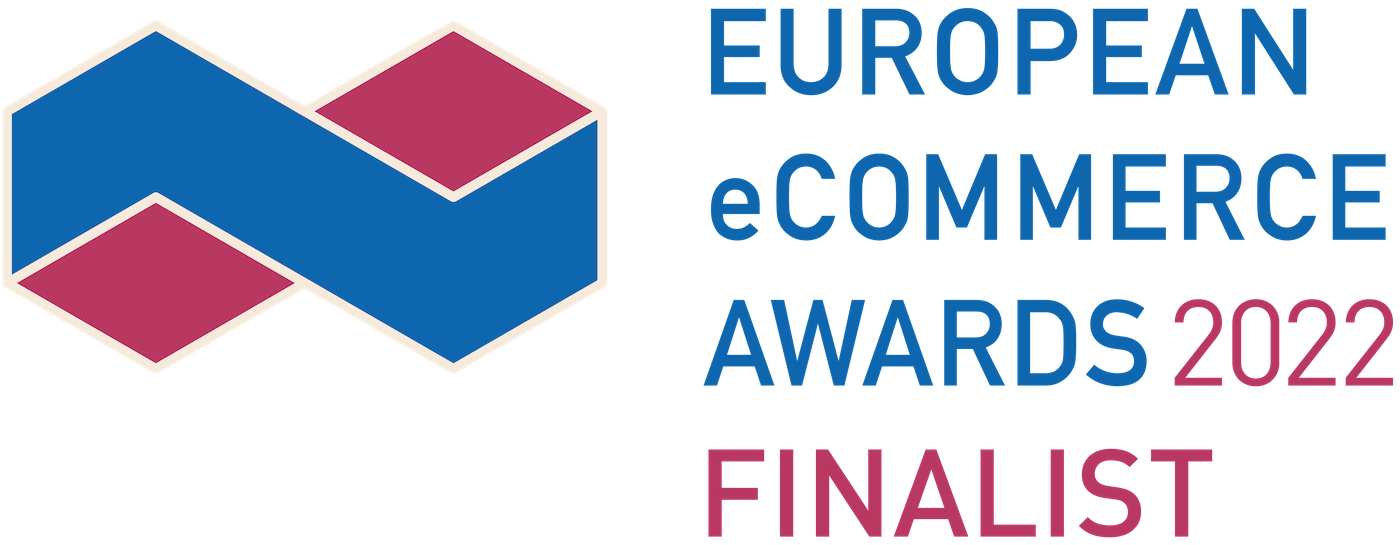A newsletter - what is it and why is it not spam?
How to take care of your database hygiene?
Apart from double opt in, you should also pay attention to the bounce number and their types. Remove hard bounces immediately. A hard bounce means that the e-mail couldn't reach the recipient (e.g. because the inbox no longer exists or never existed as someone gave a false or wrong address). The faster you delete such an email address, the better. If you send hard bounce emails too often, mailboxes will start marking you as the address sending spam.How to grow your newsletter list?
As we’ve already mentioned above, recipients should be willing to make their email addresses available to you. Obviously, it’s not so simple as most people don’t want to easily share their personal data with someone completely strange, therefore, you need to somehow encourage them. But how? Keep reading.- If you want your form to be a pop-up banner, make sure it’s not annoying. Set the capping to 1, if the customers don't want the newsletter, don't bother them with constant questions. Don't disrupt the shopping process - it’d be a shame to have your shopping cart abandoned.
 Which data should you collect? Start from the email address and name - the more data required, the less people will be determined enough to sign up. The name is necessary for personalization, you should also ensure that you do it properly, remember about all possible inflectional endings. Even if the shop is dedicated for ladies, make sure you avoid situations when a man is addressed “Dear Mrs”.
Which data should you collect? Start from the email address and name - the more data required, the less people will be determined enough to sign up. The name is necessary for personalization, you should also ensure that you do it properly, remember about all possible inflectional endings. Even if the shop is dedicated for ladies, make sure you avoid situations when a man is addressed “Dear Mrs”.
Newsletters improve sales
Sounds unbelievable? According to the 2019 study, every one dollar spent on email marketing paid back in 44 dollars. Additionally, we can't belittle the image value of email marketing. Why is this communication method so successful? Well, it’s a very personal and customized form of communication via a private channel. It’s not an annoying Facebook advertisement but an interesting message tailored to the recipient who has agreed to get it. People who subscribed to the newsletter are your potential customers. They know about your company (brand awareness) and trust you enough to share their email addresses with you. Since they've allowed you to interfere with their private space, you, as a marketer, should appreciate it.Why is it a good idea to have a newsletter?
Having a newsletter has numerous advantages, apart from the fact that it can help you to earn users’ trust. Thanks to it, you can reach thousands of people in a few seconds. In addition, there are systems for sending email campaigns, which allow segmentation of recipients and very personalized communication. Email addresses are potential leads that are collected very cheaply - you don't have to do it, but then it's just thriftlessness.Segmentation and targeting of recipients - why is it so important?
Many people don't fully exploit the potential of newsletters. Some people forget about segmentation, which is, after all, a major advantage of email marketing. 53.57% of people who send newsletters don't personalize them. And personalized emails have a 26% higher open rate. That's something you should fight for! Mailing programs provide a great deal of knowledge about user behavior. These programs enable you to observe who reads the newsletter, who reads but doesn't buy, what recipients click on and what time they do it. Moreover, you can segment recipients by their behavioral data. Tailor your emails to users’ behavior! The tools offer you very important information about people who buy your products and who don't buy them but might want to. Analyze the open rate - it'll help you to deduce who likes your company and who isn't its biggest fan. If you see that someone clicks but doesn't buy, you may try to attract them with discounts and special offers. You can also target your recipients based on declarative data.What can you send in a newsletter?
Well, literally everything!- Have you published new blog posts? Inform about it! Create a good teaser and tell your recipients what they can learn from a given article.
- Do you have a new product on your offer? Great, let people know about it and encourage them to try it out!
- Is there something special happening in your company? Are you about to visit some fairs or launch new products or services? Has your company won an award or been ranked high in an important ranking? Your potential customers should know about it!
- Educate, share knowledge and show your expertise.
- If it suits your business type, ask your customers how they’ve been doing. Newsletters don’t have to be a one-sided form of communication, just the other way round, it’s great if someone replies to your email.
- Offer some premium goods so it’s really worth subscribing to your newsletter. Provide people who signed up with extra discounts and reports. Make sure that this communication is truly personal and rewarding.
Valuable newsletter practices
- Choose one template that matches your company’s colors and stick to it. When customers receive a newsletter, they should be able to automatically identify the company it comes from. One template that people will quickly get used to can be helpful here. The graphic design is important for 45% of users.
- Don’t spam. The fact that someone agreed to get emails from you doesn’t mean that you need to tell them “good morning” every single day. It’s better to send your newsletters less often, only when you actually have something valuable to share. Remember that email marketing shouldn’t provide only sales offers but also some quality content. 69% of people believe that newsletters should contain some interesting pieces of information.
- If you love your subscribers, let them go. Signing out of the newsletter should be as simple as signing up. Don't force anybody to stay with you and don't make it hard to leave. When someone wants to sign out, try to find out what's the reason. A valuable feedback will help you draw conclusions.
- Emails should always be sent by the same person. A permanent sender will ensure a stronger relationship between him/her and the recipient. It’s always better to have a relation not with Delante in general but with a specific person working there.
- Ensure that the message has an interesting topic. Using a name of the recipient will attract attention. Outline the content of the message - discounts and special offers. Use the AIDA model.
- Use alts. Many email service providers block the display of images. Encourage the recipient to download these images with an interesting alt. Make sure you send an HTML/TXT version as well and check whether your newsletter displays properly. Maybe there are some email platforms that it doesn’t look well on. Your newsletters should always look nice, regardless of the device and mailbox the recipients use. Most mailing programs give you the possibility to check all these elements, however, you can also do it manually.











